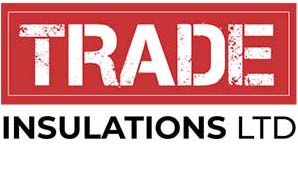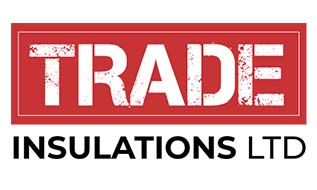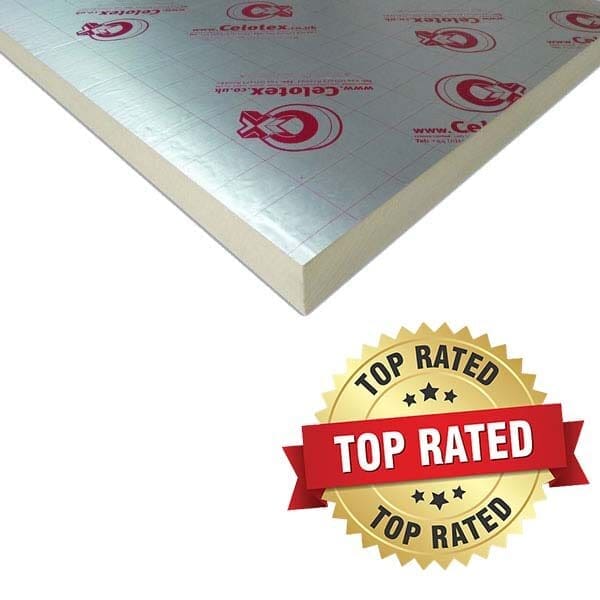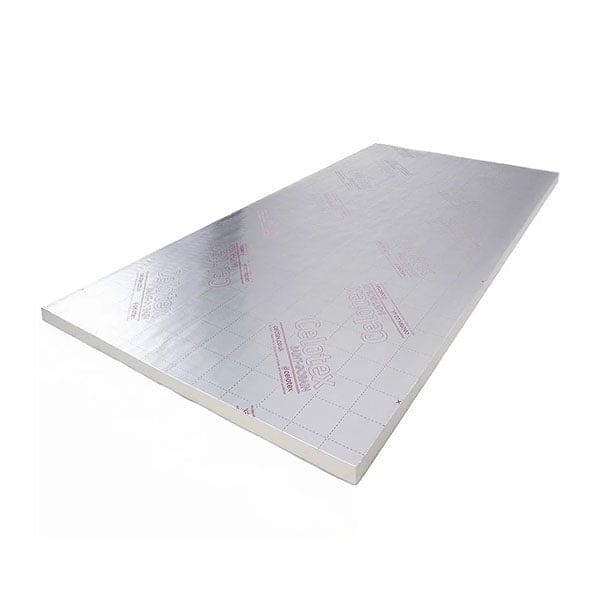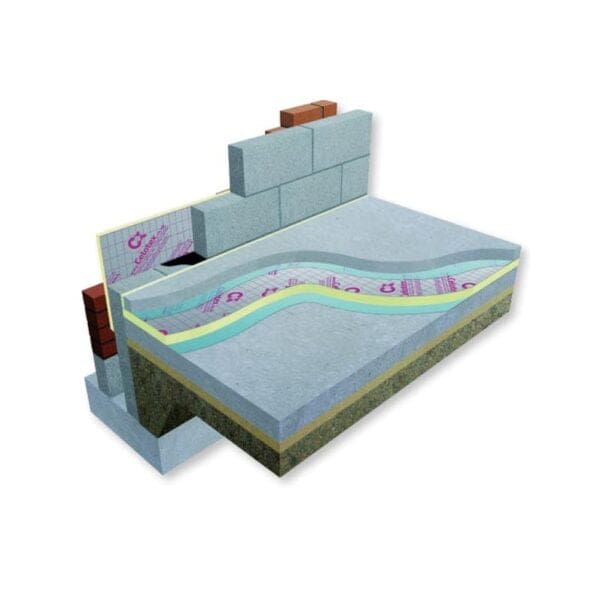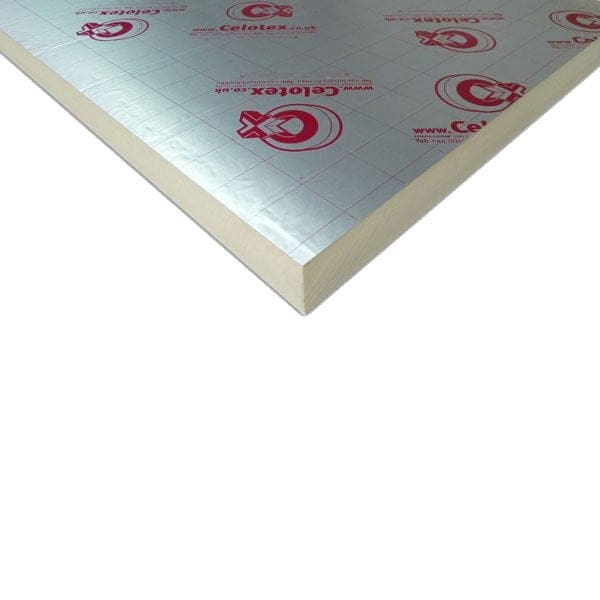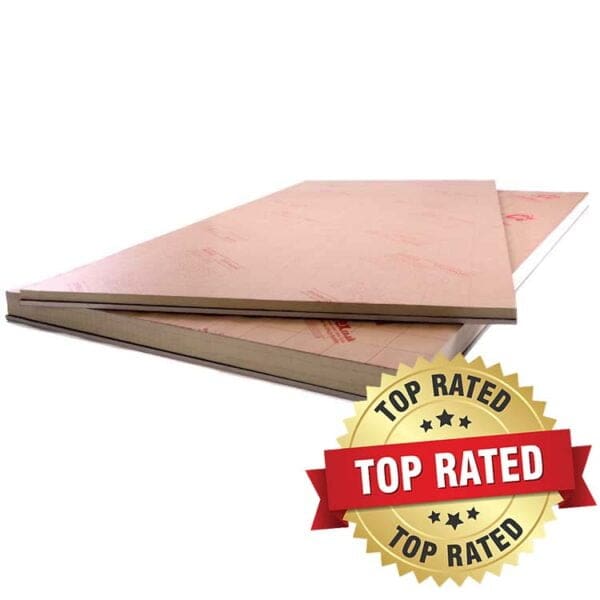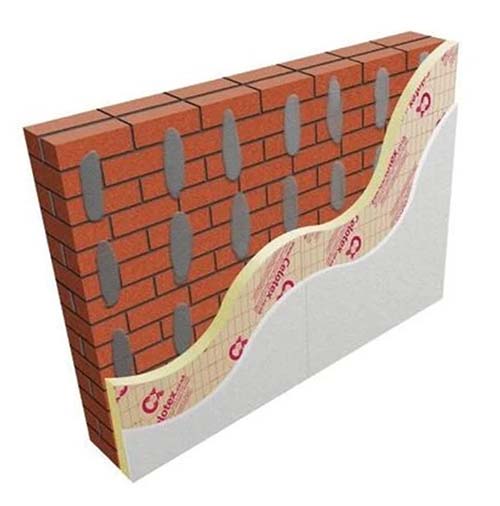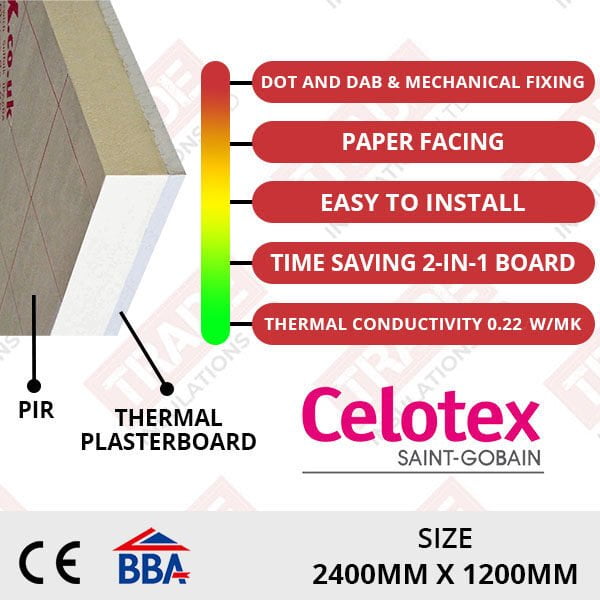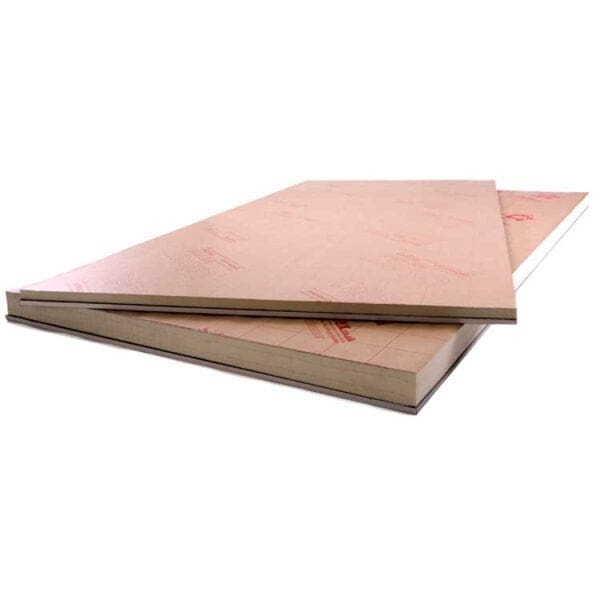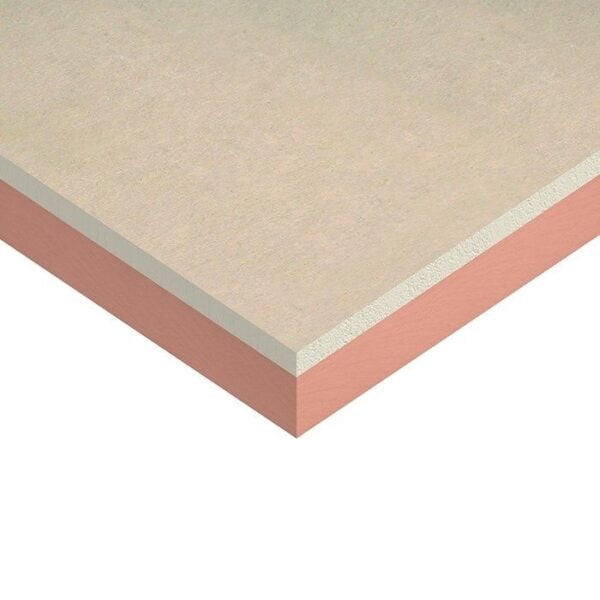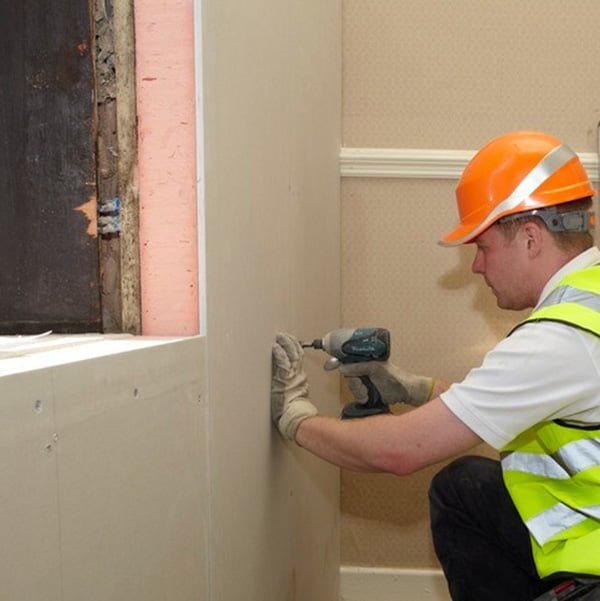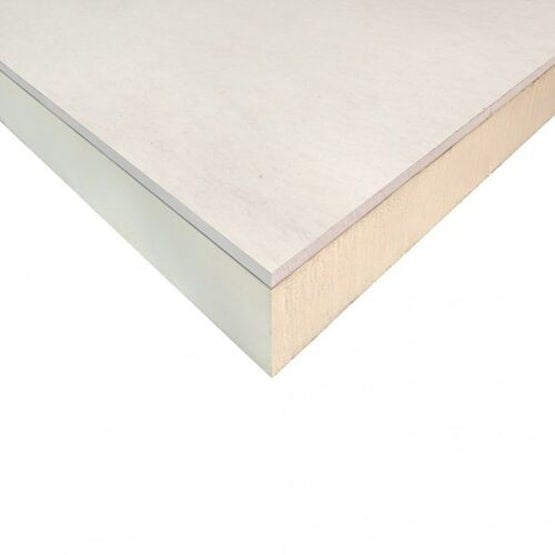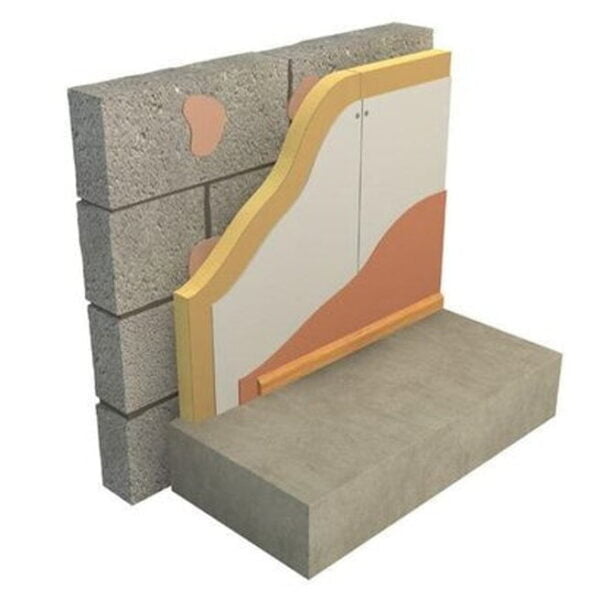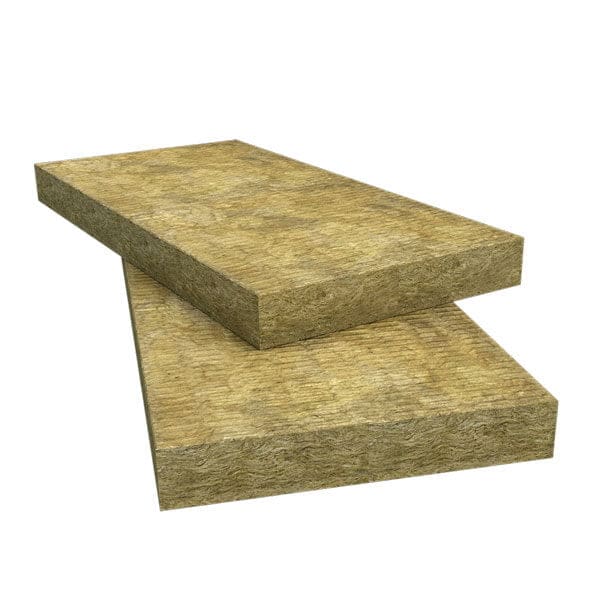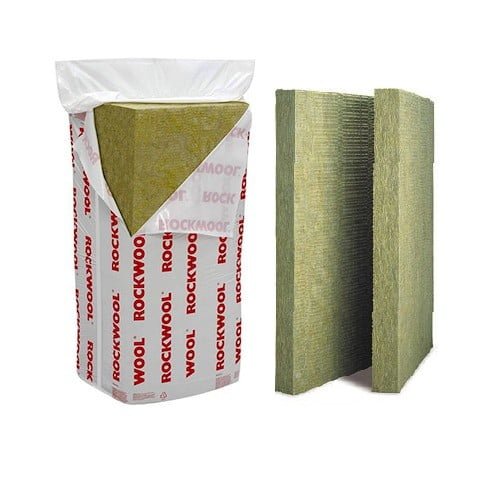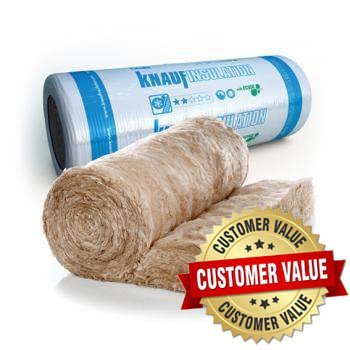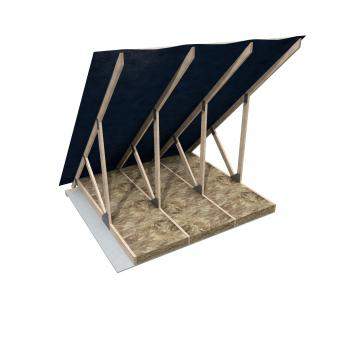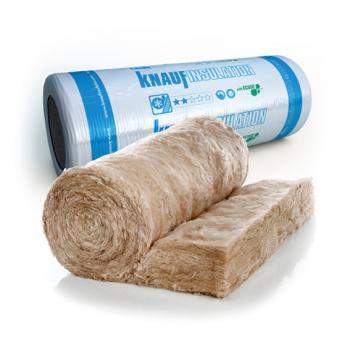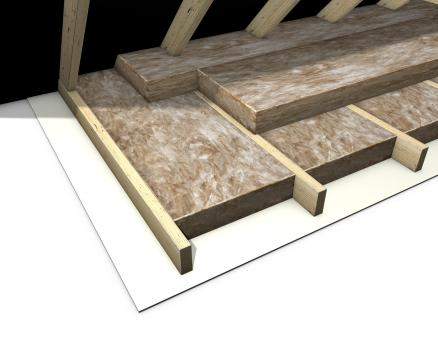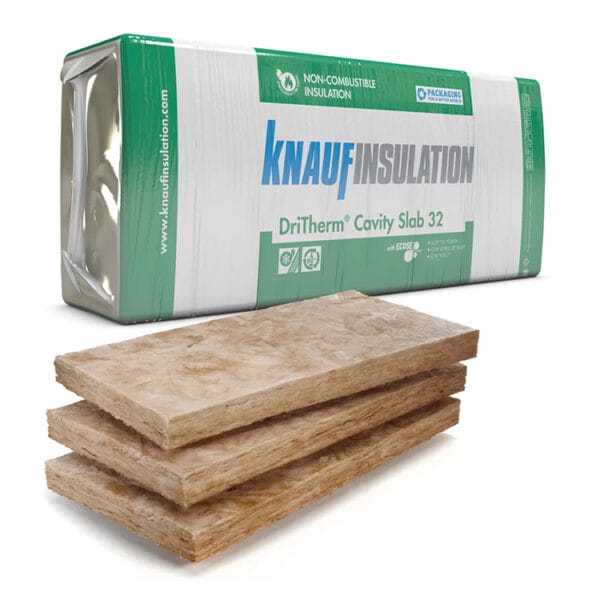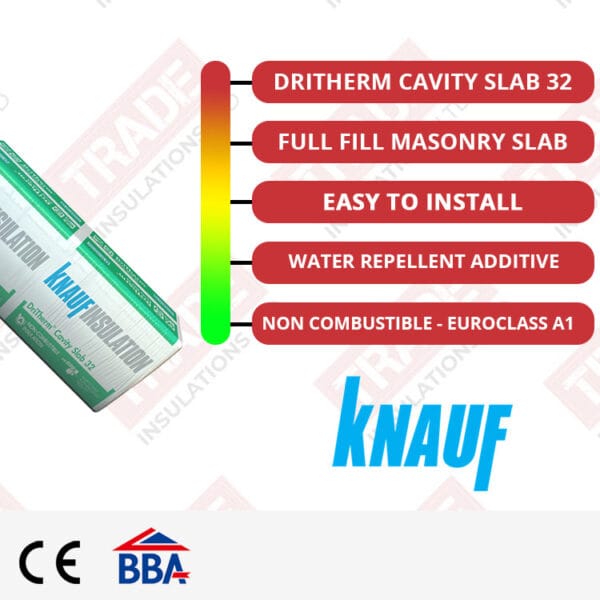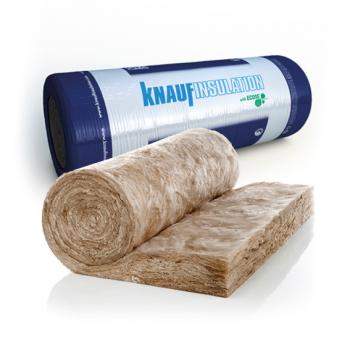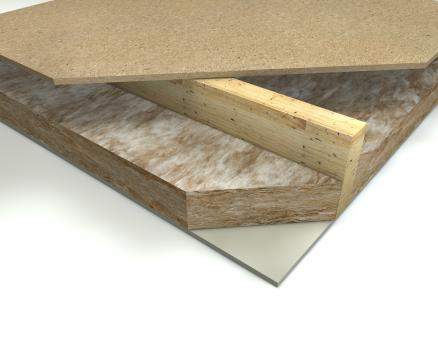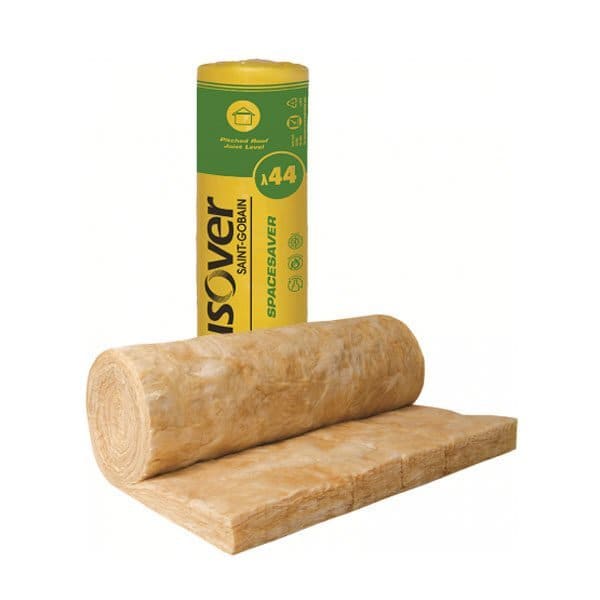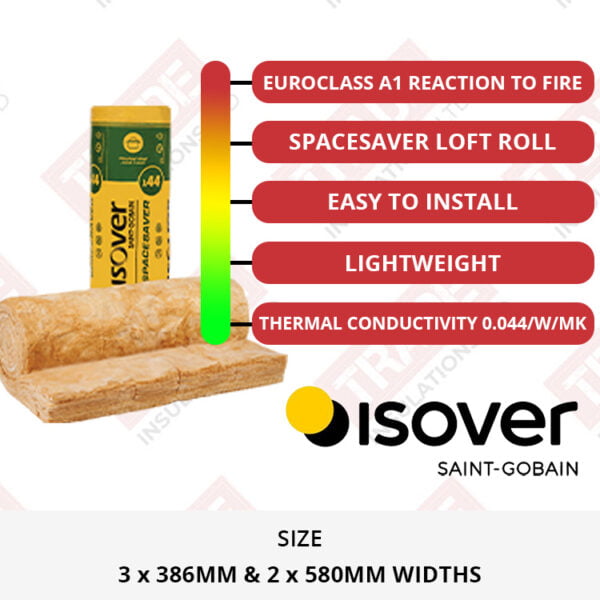Single brick walls are common in older buildings and outbuildings in the UK. They have their charm, sure, but they also represent a big heat loss. Compared to modern cavity walls, solid or single brick walls have no gap between the inner and outer bricks and, therefore, are not as efficient in keeping heat indoors and keeping it out.
In this blog, we will explore how to insulate a single brick wall, why you would insulate a single brick wall, the benefits of doing so, the best products out there, and how to avoid common mistakes made.
How to Insulate a Single Brick Wall
Below is our guide on how to insulate a single brick wall.
Start by checking the wall for dampness, cracks, or structural damage. If it is damp, treat and dry it before working on the insulation. The wall should be in good condition before installing insulation to maximise thermal performance. If there is loose plaster, fixings or even wallpaper, ensure it is removed.
Insulating A Single Brick Wall (Interior)
Insulated plasterboard is a great choice when insulating a single brick wall from the inside. In addition to this, you can also use PIR boards to insulate a single brick wall. Insulated plasterboard tends to be relatively quick to install and can save space. PIR insulation allows for more insulation.
Installing insulated plasterboard on a single brick wall can be easily achieved by using the dot and dab method or screwing it into timber battens.
Another option is to build a stud wall 25-50mm from the wall. To the stud wall, you can fix PIR boards, such as Celotex or even mineral wool batts. Once you have done this, you can fix plasterboard on top.
You can also apply sealant around edges, sockets and joins for added insulation.
When installing PIR boards, you can seal joints and gaps using foil tape. For insulated plasterboard, you can bond directly to the wall with adhesive tabs or screw it onto battens. A vapour control layer can also be applied over the insulation to prevent damp. If applying plasterboard sheets over the insulated boards, you can decorate it for added aesthetics.
The benefits of insulating a single brick wall
- Lower energy bills
- A warmer, cosier living space
- Less condensation and damp problems
- Enhanced property value
- Enhanced soundproofing
Regardless of whether you’re insulating a garage, shed, outbuilding, or part of your home, increased insulation makes a huge difference.
Best Products to Insulate a Single Brick Wall
PIR Insulation Boards
PIR (polyisocyanurate) boards offer improved heat performance at the thickness. They’re ideal for limited areas and are easy to fit flush against timber battens or walls. Products like Celotex and Kingspan are often utilised for internal wall insulation fitting.
Celotex 100mm PIR Insulation Board – GA4100 (2400mm x 1200mm x 100mm) 2.88m2
Original price was: £39.99.£30.99Current price is: £30.99. ex VAT50mm Celotex Insulation Board – GA4050 (2400mm x 1200mm x 50mm) 2.88m2
Original price was: £25.15.£18.22Current price is: £18.22. ex VATCelotex 25mm PIR Insulation Board – TB4025 (2400mm x 1200mm x 25mm) 2.88m2
Original price was: £18.29.£11.95Current price is: £11.95. ex VAT75mm Celotex Insulation Board – GA4075 (2400mm X 1200mm X 75mm) 2.88m2
Original price was: £34.99.£24.99Current price is: £24.99. ex VAT150mm Celotex Insulation Board – XR4150 (2400mm x 1200mm x 150mm) 2.88m2
Original price was: £61.50.£48.14Current price is: £48.14. ex VAT120mm Celotex Insulation Board – XR4120 (2400mm x 1200mm x 120mm) 2.88m2
Original price was: £51.99.£37.57Current price is: £37.57. ex VAT90mm Celotex Insulation Board – GA4090 (2400mm x 1200mm x 90mm) 2.88m2
Original price was: £42.95.£30.99Current price is: £30.99. ex VAT40mm Celotex Insulation Board – TB4040 (2400mm x 1200mm x 40mm) 2.88m2
Original price was: £24.65.£16.99Current price is: £16.99. ex VAT20mm Celotex Insulation Board – TB4020 (2400mm x 1200mm x 20mm) 2.88m2
Original price was: £20.23.£13.41Current price is: £13.41. ex VAT70mm Celotex Insulation Board – GA4070 (2400mm x 1200mm x 70mm) 2.88m2
Original price was: £34.89.£24.68Current price is: £24.68. ex VAT30mm Celotex Insulation Board – TB4030 (2400mm x 1200mm x 30mm) 2.88m2
Original price was: £21.39.£13.33Current price is: £13.33. ex VAT60mm Celotex Insulation Board – GA4060 (2400mm x 1200mm x 60mm) 2.88m2
Original price was: £31.15.£23.11Current price is: £23.11. ex VATInsulated Plasterboard
This unites insulation and plasterboard in a single product, saving effort and time. It can be bonded onto the wall or sized over battens. It is both sound insulation and a finished surface.
Celotex 37.5mm Insulated Plasterboard (2400mm x 1200mm x 37.5mm) – PL4025
Original price was: £40.50.£33.99Current price is: £33.99. ex VATCelotex 52.5mm Insulated Plasterboard (2400mm x 1200mm x 52.5mm) – PL4040
Original price was: £48.90.£43.99Current price is: £43.99. ex VATCelotex 62.5mm Insulated Plasterboard (2400mm x 1200mm x 62.5mm) – PL4050
Original price was: £52.90.£46.50Current price is: £46.50. ex VATCelotex 72.5mm Insulated Plasterboard (2400mm x 1200mm x 72.5mm) – PL4060
Original price was: £59.90.£55.11Current price is: £55.11. ex VATKingspan Kooltherm K118 37.5mm Insulated Plasterboard (2400 x 1200mm) – 2.88m2
Original price was: £78.59.£65.49Current price is: £65.49. ex VATKingspan Kooltherm K118 52.5mm Insulated Plasterboard (2400 x 1200mm) – 2.88m2
Original price was: £85.80.£71.50Current price is: £71.50. ex VATKingspan Kooltherm K118 72.5mm Insulated Plasterboard (2400 x 1200mm) – 2.88m2
Original price was: £102.60.£85.50Current price is: £85.50. ex VATKingspan Kooltherm K118 62.5mm Insulated Plasterboard (2400 x 1200mm) – 2.88m2
Original price was: £97.80.£81.50Current price is: £81.50. ex VATCelotex 77.5mm Insulated Plasterboard (2400mm x 1200mm x 77.5mm) – PL4065
Original price was: £88.00.£68.41Current price is: £68.41. ex VATEcotherm Ecoliner 37.5mm Insulated Plasterboard (1200 x 2400mm) – 2.88m2
Original price was: £44.55.£33.99Current price is: £33.99. ex VATEcotherm Ecoliner 62.5mm Insulated Plasterboard (1200 x 2400mm) – 2.88m2
Original price was: £58.19.£46.50Current price is: £46.50. ex VATEcotherm Ecoliner 52.5mm Insulated Plasterboard (1200 x 2400mm) – 2.88m2
Original price was: £53.79.£43.99Current price is: £43.99. ex VATMineral Wool
Glass wool or rock wool mineral wool is ideal to insert between timber studs. Easy to fix, it is sound insulation, and it is non-combustible. It’s usually finished with vapour control layer and plasterboards.
Rockwool 100mm RWA45 Acoustic Insulation Slab (1200 x 600mm) – 2.88m2 pack
Original price was: £28.50.£22.80Current price is: £22.80. ex VATKnauf 100mm Loft Roll 44 – Combi Cut (13.89m2 Roll)
Original price was: £34.99.£28.99Current price is: £28.99. ex VATKnauf 200mm Loft Roll 44 – Combi Cut (6.84m2 Roll)
Original price was: £34.99.£28.99Current price is: £28.99. ex VATKnauf 150mm Loft Roll 44 – Combi Cut (9.18m2 Roll)
Original price was: £34.99.£28.99Current price is: £28.99. ex VATRockwool RWA45 50mm Acoustic Insulation Slab (1200 x 600mm) – 6.48m2 pack
Original price was: £35.67.£27.34Current price is: £27.34. ex VATRockwool RWA45 75mm Acoustic Insulation Slab (1200 x 600mm) – 4.32m2 pack
Original price was: £38.00.£26.26Current price is: £26.26. ex VATKnauf Dritherm Ultimate Cavity Slab 32 150mm (1200mm x 455mm) – 2.18m2 pack
Original price was: £39.73.£33.91Current price is: £33.91. ex VAT100mm Knauf Acoustic Roll – (2x 600mm) – 12.36m2 roll
Original price was: £59.99.£55.49Current price is: £55.49. ex VATKnauf 170mm Loft Roll 44 – Combi Cut (8.01m2 Roll)
Original price was: £34.50.£28.99Current price is: £28.99. ex VATKnauf Dritherm 32 100mm Ultimate Cavity Slab (1200mm x 455mm) – 3.27m2 pack
Original price was: £36.42.£34.17Current price is: £34.17. ex VAT100mm Isover Spacesaver Loft Insulation – 14.13m2 Isover Loft Roll
Original price was: £32.69.£30.62Current price is: £30.62. ex VATRockwool RWA45 25mm Acoustic Insulation Slab (1200 x 600mm) – 11.52m2 pack
Original price was: £33.00.£25.87Current price is: £25.87. ex VATFinal Thoughts
Warm your house and make it more energy-efficient and snug. You can lower your bills, have a warmer and more comfortable climate all year round, and greatly reduce heat loss from solid walls by installing the right insulation. In addition to saving building materials and improving indoor air quality, proper insulation prevents condensation and the growth of damp. Depending on conditions and available space, there are various methods for insulating a single-brick wall.
